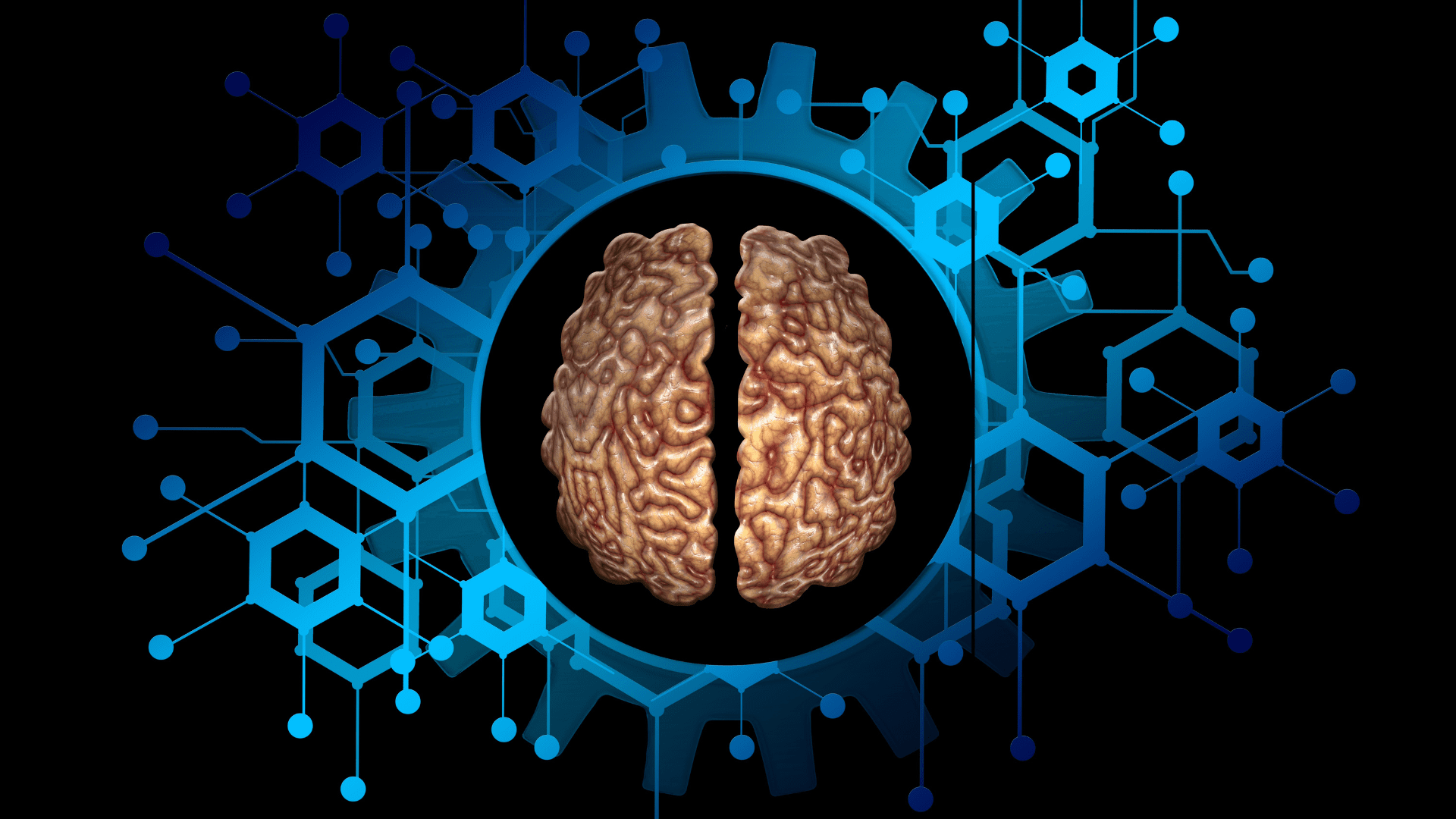“Stepping into uncertainty is required of us to break away from what’s not serving us.”
Dr. Sydney Ceruto
Create Personal Change and Transformation
Some hold the adage that people can’t change. The truth is that change is automatic, but progress is not.
Change is a fundamental law of nature. Everything is either growing or dying. The same goes for human beings. But if all it takes to grow is knowing what you want and changing your approach until you succeed, then why doesn’t everyone do it?
Because a personal change and transformation must take place to create lasting change.
Think of a situation or a change you tried to make for years, then transformed. You might have applied the chemistry of personal change and transformation without even knowing it.
See if these five stages of personal change and transformation apply to your own life. How could you use each stage to serve a situation you want to change?
1. Satiation
Imagine your most cherished dish, the one you’d choose for your final meal. Let’s say that dish is prime rib, and you have the luxury of enjoying it every evening.
The first few days are glorious. The meal hits the spot again and again. But after a few weeks, something starts growing inside you.
No matter how much you enjoy prime rib, you feel content now. You fulfilled your craving. But soon, you begin to search for something else…
That’s because humans need change and inherently seek growth. This drive for growth ultimately fuels our decisions and fulfillment in life. Growth is life; stagnation is not. Even when life seems ideal, progress remains the key to true happiness.
You may not suffer from eating the prime rib. You might even continue to enjoy the prime rib. But it doesn’t satisfy you as it once did. You don’t feel compelled to address the waning satisfaction at this stage of satiation. You feel complacent with where you are.
However, satiation serves as an early sign that something’s amiss. It sows the seeds of personal change and transformation. Satiation can act as a signal for the next big thing – but only if we recognize it.
You might feel like delaying action, believing remaining passive will be more comfortable. However, this approach slows your personal change and transformation and leaves you feeling stuck.
Ultimately, your satiation will grow and reach the next stage – unless you have already made the change. Satiation will grow until it becomes dissatisfaction.
2. Dissatisfaction
At this point, you feel wrong about what you used to feel good about. The prime rib no longer makes your mouth water. It does the opposite. It repulses you.
This step of dissatisfaction is crucial for reaching the next stage of personal change and transformation. If we remain satiated, we have no compelling reason to change. When you’re dissatisfied, you start feeling pain instead of pleasure. You no longer feel content.
The pain also sparks your mind to consider the idea of personal change and transformation. This is where emotional intelligence plays a crucial role in understanding and managing your emotions to facilitate personal change and transformation. You start questioning the current situation. “Should I still eat this prime rib?” you ask yourself. “Isn’t there better food to eat? Is this even healthy?” You no longer want to eat prime rib for the rest of your life and start to consider other options.
This is the time to ask yourself better questions and explore your next steps. Neurogenesis, the process of creating new neurons, plays a role in how we adapt to dissatisfaction and seek personal change and transformation.
Something that may help you navigate life is to hone in on what’s not satisfying you in this current season.
Think about your relationships, health, career, finances, and emotions. What area are you dissatisfied with?
What’s not working? What’s not serving you? What can you improve? Dissatisfaction leaves clues, and it’s up to you to piece them together.
3. Emotional Threshold
At this point, the brain says, no more. I’ve been doing the same thing repeatedly and getting the same results. This doesn’t feel good. I’m at my breaking point. I can’t keep doing life like this…
It can feel massively uncomfortable at this stage. But this is a place of power. THRESHOLDS are what create change.
Without the pain, we don’t change. That pain triggers us to do something about it. This is where the magic happens. When you reach your threshold, the scale tips in the other direction and drives you to take action.
You might not know how to make the change, but you now know there’s something you’ve failed to do and that there’s something you must do.
It isn’t easy to reach this tipping point. Sometimes, this threshold is our darkest moment. Whether going through a breakup, losing your job, facing severe health issues, or eating another prime rib, overcoming this pain takes courage and strength.
The good news is that personal change and transformation become a must once you reach this threshold and gain momentum. You no longer tell yourself the limiting story that change isn’t worth it. On an emotional level, you now understand that personal change and transformation is the only way forward.
This emotional threshold is a powerful force that triggers the next stage: a moment of insight.
4. Moment of Insight
After crossing the emotional threshold, a moment of insight strikes our mind. We recognize that our current actions no longer benefit us. We understand that we must act differently to break our existing patterns.
It’s like a light bulb turning on in our psychology or an awakening from a long sleep. This is a testament to the neuroplasticity of our brain, which allows us to adapt and change our thought patterns and behaviors.
An ah-ha moment.
You gain a deeper understanding of your situation. You realize your biography is not your destiny. Your past is not your future. Your old patterns are not your only option.
It’s a turning point in your life because it allows you to see things from a new perspective and make the change that will change your life.
This moment of insight offers a transformative opportunity: embracing a new identity.
5. The Opening: Claim Your Identity
Upon reaching your emotional threshold, there’s an incredible opportunity to transform and claim a new identity: to tell yourself, “Not another day, not another hour, I’m fixing this now.”
Forget my ego…
My inability…
My excuses and fear…
At that moment, there’s an opening. If you jump through it, you create a lasting transformation in your life.
A transformation that leads to action. You push beyond your comfort zone. You do something complicated that causes you to the limit. When you succeed at what you once thought impossible, your brain says, “THIS is who I am. If I can do this, what else can I do?”
But because it’s the unknown, we can lose momentum and repeat the entire process. That’s why, when you make this decision, you must immediately do something that guarantees you will follow through later. Make a call. Schedule a meeting—anything to get you to commit.
Remember, momentum comes from massive action. If it doesn’t work at first – do something else.
Just don’t give up and never accept failure. Be flexible and learn by modeling people who achieve the results you want.
Soon, there will be no possibility of returning to the old way.
Most people would rather deal with the devil they know than the unknown.
If you’ve been stuck for years, repeatedly getting the same result, you’re missing the chance to jump through the opening. And then the cycle repeats itself.
The only way to get through is to choose faith over fear – tap into the deep sense of certainty that you have a higher purpose and that something larger than yourself is pulling and guiding you.
Because repeating the process is far more painful in the long run than stepping into temporary uncertainty.
So, can a person change? They can do better than change. They can evolve, improve, and transform.
And they can decide to never again return to the old patterns that were never serving them to begin with.
Is there a situation that doesn’t require change but needs you to apply the chemistry of personal change and transformation?
#personalchangeandtransformation #neuroscience #lifecoaching #mentalhealth #cognitiveperformance #emotionalhealth #mentalwellbeing #selfimprovement #personalgrowth #brainbasedcoaching #neuroplasticity #emotionalthreshold #momentofinsight #lastingchange #satiation #dissatisfaction #newidentity #growthmindset #overcomingchallenges #transformationprocess






